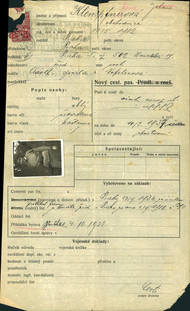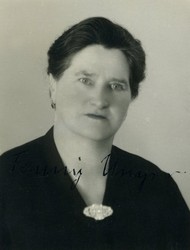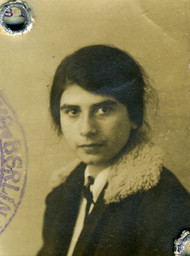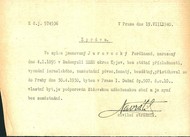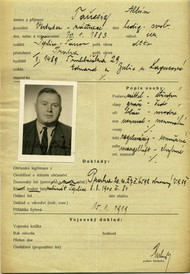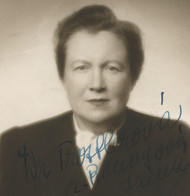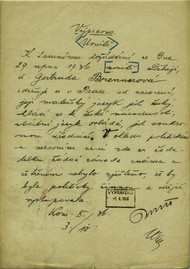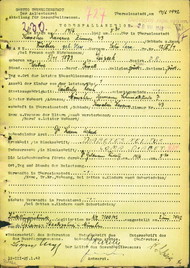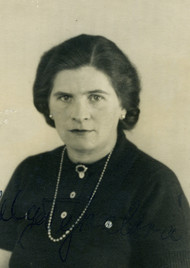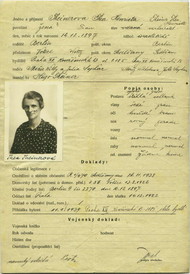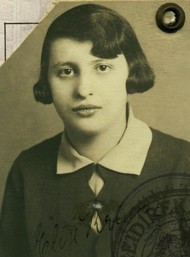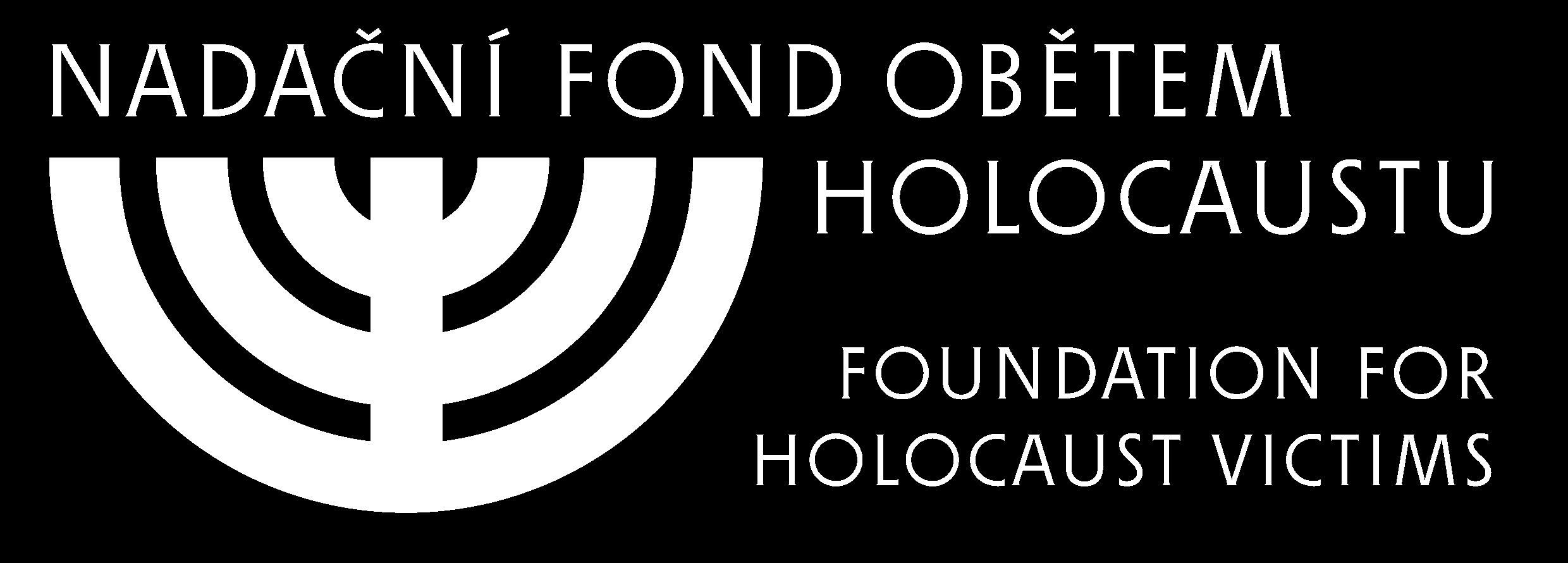The gypsy camp
at Lety was established on the site of a former disciplinary labour camp. The camp's capacity was increased so that it was able to take up to 600 prisoners, but that number, too, was soon exceeded, since during August 1942 over 1 100 men, women and children were interned in the camp. The camp was not equipped with the necessary sanitation and other facilities for such a large number of people. Moreover, until August 1942 only men had been imprisoned here. From August 1942 on, women and children had to live here too, in totally inadequate conditions. After the influx in August 1942, subsequent new arrivals were mostly individuals or families. The number of prisoners thus did not continue to rise, but the unsatisfactory conditions in the camp remained practically unchanged.
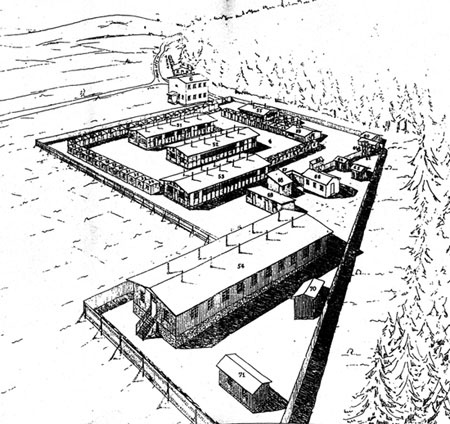
Drawing of the gypsy camp
in Lety u Písku, 1943. (Ill.: Museum of Roma Culture, original: State Central Archive in Prague)
During the first month of the camp's existence, the opportunity of legal release was used. The first family to be so released was the extensive Šlehofr family, followed by others. Release from the camp took place with the knowledge of the general commander of the non-uniformed Protectorate police. Rumours circulated among the prisoners that it was possible to be released after payment of a bribe. Allegedly, release from the camp could be secured for the sum of 20 000 Protectorate crowns.
Another way of getting out of the camp was to escape. Escape from the camp itself, however, was complicated by fences and guard dogs. Better conditions for escape existed at the detached labour sites, at which prisoners sometimes slept overnight. In all, over 100 escape attempts were made, around half of which were successful.
Among the successful attempts was that of Josef Serynek, who escaped in autumn 1942 with another prisoner. Josef Serynek managed to get as far as the Bohemian-Moravian Uplands, where he joined the Partisan fighters and worked with both General Luža's resistance group and with Soviet Partisans. His fellow escapee was shot near Třeboň.

A view of the gypsy camp
at Lety u Písku, 1942. (EÚ AV Prague, photo: Museum of Roma Culture.)
The camp supervisors were recruited from the police force of the Protectorate of Bohemia and Moravia. They behaved with great cruelty and roughness towards the prisoners. From 1940 on, the camp was commanded by Josef Janovský, who was renowned for his callousness. After an outbreak of typhus in winter 1943, he was replaced by the commander of the camp at Hodonín u Kunštátu, who had the task of preparing the camp for the deportation of prisoners to Auschwitz. The prison guard consisted of several dozen policemen.
The camp's rules required the prisoners to work, mainly on the construction of a highway between Plzeň and Ostrava. Prisoners also worked on the removal of fallen trees from the forests, and in agriculture. When working in more remote places, the prisoners were accommodated outside of the camp. On one hand, this provided a greater opportunity to escape, but on the other an escaping prisoner had to leave relatives in the camp. Prisoners at these detached labour sites worked for local entrepreneurs, who ordered the cheap labour from the camp's command. The money received for the work was not paid to the prisoner, but was meant to cover costs connected with the organisation of the camp.
Food - breakfast, lunch and supper - was provided only in the smallest amounts necessary. The food rations were temporarily increased ahead of transport to the concentration camp. A case of food being stolen by staff was also recorded.
The terrible living, food and sanitary conditions led to frequent, indeed chronic, illness among the prisoners. Out of the 30 children born in the camp, none survived. The climax was the outbreak of a typhus epidemic at the end of 1942 and beginning of 1943, the greatest cause of death among the prisoners.
In all, 1 309 people were interned in the camp, of whom 326 survived their internment. A quarter of the prisoners were released or escaped. The remaining prisoners were transported to the concentration camp at Auschwitz.
Two mass transports took place. The first was a transport of asocials
which set out for the Auschwitz I concentration camp on the 3rd ofDecember 1942, numbering 16 men and 78 women. The second transport marked the practical closing of the camp, since 417 prisoners were taken to the Auschwitz II - Birkenau camp. While the first transport took place on the basis of a decree on crime prevention, the second took place on the basis of Himmler's decree from the 16th of December 1942 (link in Czech), ordering the transport of all Roma to the concentration camp at Auschwitz.
The remaining 198 prisoners were transferred to the gypsy camp
at Hodonín u Kunštátu or to collection camps in Prague and Pardubice. Only a few of them were released.


